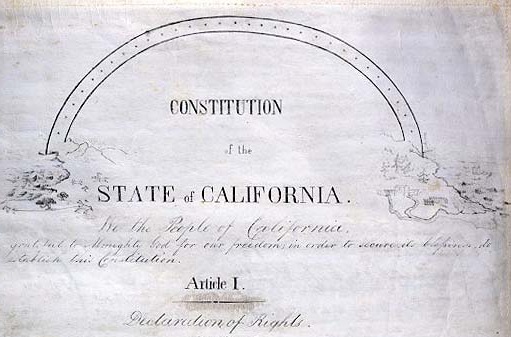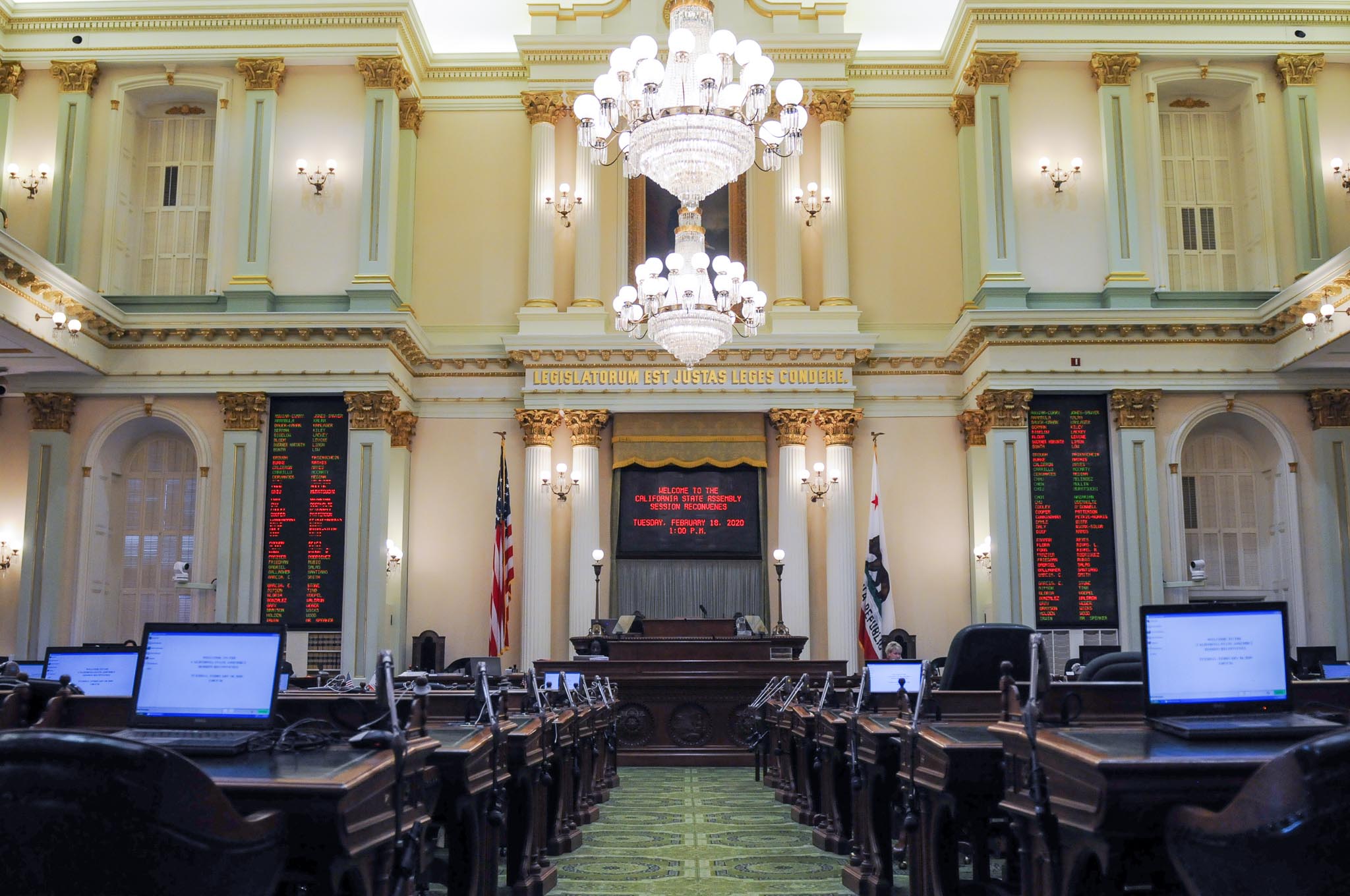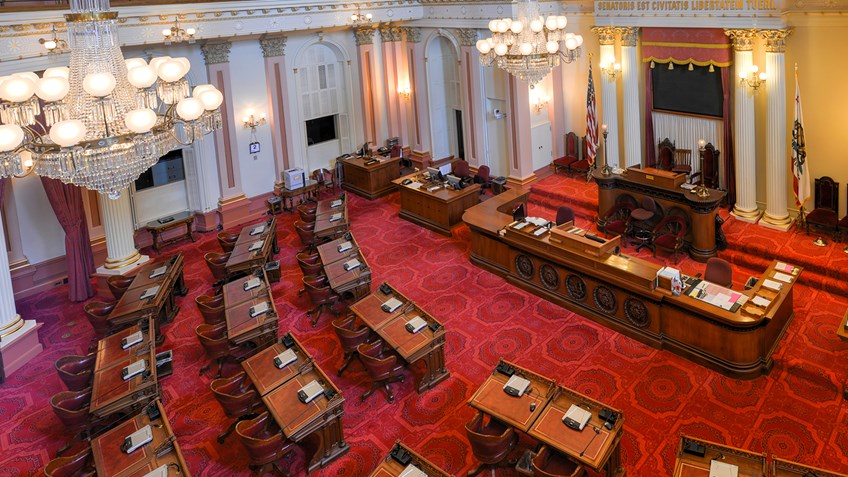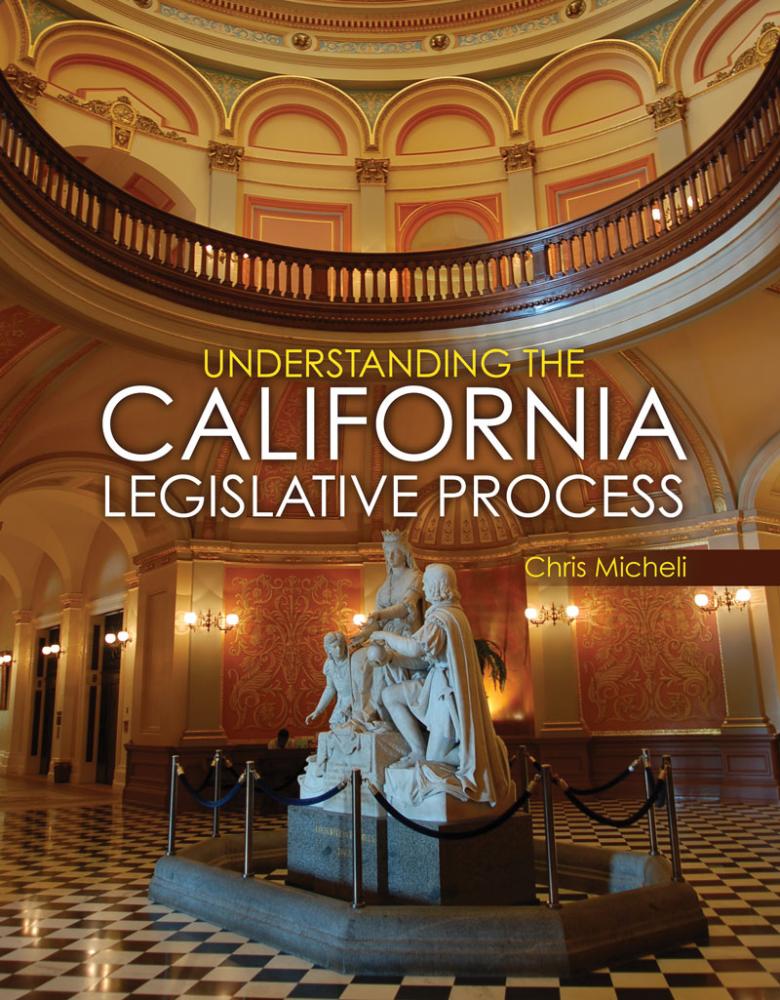
California Constitution. (Photo: www.sos.ca.gov)
Drafting Considerations for a California Legislative Constitutional Amendment
Prior to its being voted upon by the people, the Legislature may amend or withdraw the proposal
By Chris Micheli, October 30, 2020 6:47 am
In the California Legislature, there are constitutional amendments which can be introduced in either house. Constitutional amendments require a 2/3 majority vote in both the Assembly and Senate in order to be placed on the statewide ballot. According to the Legislative Counsel, a constitutional amendment “must be submitted to a direct vote of the people, and adopted and ratified by a majority vote of the qualified voters, before they become a part of our State Constitution.”
In addition, Legislative Counsel explains that “prior to its being voted upon by the people, the Legislature may amend or withdraw the proposal. Although all proposed constitutional amendments are usually submitted to the people at the direct primary or the general election, a special election may be called by the Governor to be held throughout the state for the adoption or rejection of constitutional amendments or other measures.”
An initial question to answer is whether the constitutional amendment will amend, add and/or repeal provisions of the California Constitution. If the proposal will amend or repeal existing provisions, then the bill drafter readily knows where to start. On the other hand, if the proposal is to add provisions, is there an existing Article of the state Constitution in which you can add the new provisions, or does a new Article need to be proposed to be added?
Like other legislative measures, a title is drafted and a Legislative Counsel’s Digest must be prepared that explains existing constitutional provisions and what this proposed constitutional amendment proposes to do. The Digest usually starts with the first paragraph that begins, “The California Constitution ….” And the second paragraph usually begins with “This measure would ….”
A constitutional amendment proposed by the Legislature also contains a Digest Key, just like a bill does. The four keys are: Vote, Appropriation, Fiscal Committee, and Local Program. The vote key is obvious because each constitutional amendment requires a 2/3 vote. The remaining keys are whether the measure appropriates any funding, whether the measure will be referred to the fiscal committee, and whether the measure creates a state-mandated local program.
Thereafter, the “resolve” clause is provided, followed by the actual text of the measure. The first clause, based upon a measure introduced during the 2020 Legislative Session, provides as follows: “Resolved by the Senate, the Assembly concurring, That the Legislature of the State of California at its 2019–20 Regular Session commencing on the third day of December 2018, two-thirds of the membership of each house concurring, hereby proposes to the people of the State of California that the Constitution of the State be amended as follows:”
This language is taken from a Senate Constitutional Amendment, which is why the resolve clause begins by listing the Senate. As you would expect, for an Assembly Constitutional Amendment, the clause would begin, “resolved by the Assembly, the Senate concurring….”
For the most part, drafting a constitutional amendment in the California Legislature requires the bill drafter to utilize all of the usual guidelines of bill drafting as well as the required drafting style for California measures.
- Bonds and Undertakings - December 28, 2025
- Joint Debtors in California - December 27, 2025
- Division of Property in California - December 27, 2025




